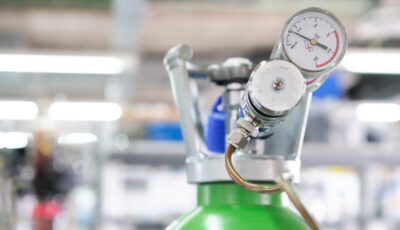Did You Know? Wet Beads

Wet Beads: Why Two-Phase Flow is Bad
Hengye Inc. strives to provide the most up to date material at competitive prices plus an important “value add”. Our onsite or remote service is designed to provide design support, optimization support as well as trouble shooting. We have extensive experience in processes and have gone to great extent to develop proprietary simulation software to aid our clients to insure they are running their systems under optimal conditions. We use these same tools to troubleshoot and advise on issues which may be hampering the system from “being all it can be”.
Molecular sieve is great for removing water. However, when there are large amounts of water present in the process stream, ethanol azeotrope at approximately five percent for example, condensed water on the bead can not only weaken the bead is can ruin mass transfer. The liquid water by virtue of surface tension coats the bead preventing mass transfer bidirectionally, water cannot get in or out.
It is important that the water remain in vapor phase throughout the entire process. To maintain single phase, vapor flow, you must pay close attention to temperature, pressure as well as feed composition.
The rule: The optimum condition to run is 30-50 °F over the condensation temperature of the feed composition. Below this the system will go two phase – wetting the beds, above this and excess energy is being used. Below is a graphical representation of this relationship which is a portion of the simulation module. We can take your data, process conditions and recommend precise operating conditions. Contact us today!
Authored By:
Mark Binns
Hengye Inc.
Houston, Texas
info@hengyeinc.com
1-844-308-3271



